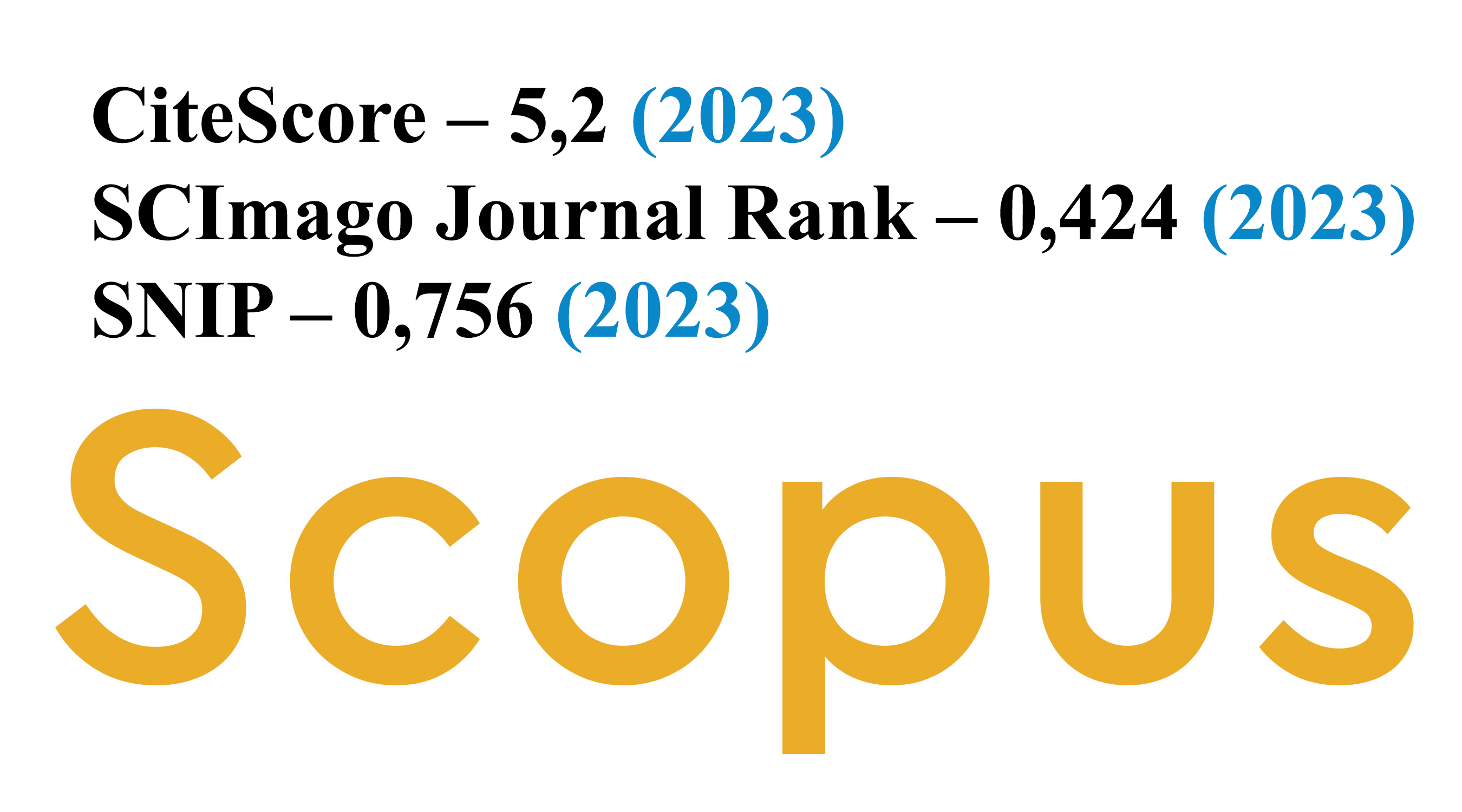Solar Energy Production Forecast Using Standard Recurrent Neural Networks, Long Short-Term Memory, and Gated Recurrent Unit
DOI:
https://doi.org/10.5755/j01.ee.32.4.28459Keywords:
recurrent neural networks, long short-term memory, gated recurrent unit, renewable energy, photovoltaic cells, forecast, smart grids, green energy, data-driven decisionAbstract
Solar radiation is among the renewable resources on which modern society relies to partially replace the existing fossil fuel-based energy resources. Awareness of how the energy is produced must complement awareness of how it is consumed. In the economic context, the gains derive from predictability across the entire supply chain. This paper represents a compressive study on how standard recurrent neural networks, long short-term memory, and gated recurrent units can be used to forecast power production of photovoltaic (PV) systems. This approach can be used for other use cases in solar or even wind power prediction since it provides solid fundamentals for working with weather data and recurrent artificial neural networks, being the core of any smart grid management system. Few studies have explored how these models should be implemented, and even fewer have compared the outcomes of different model types. The data used consist of weather and power production data with a one-hour resolution. The data were further pre-processed to unveil the maximum information. The most effective model parameters were selected to make the forecast. Solar energy plays a key role among other renewable energy sources in the European Union’s climate action and the European Green Deal. Under these initiatives, important regulations are implemented and financial resources made available for those who possess the capabilities required to solve the open points. The much-needed predictability that gives the flexibility and robustness needed for deploying and adopting more renewable technologies can be ensured by utilizing a neural-based predictive approach.





